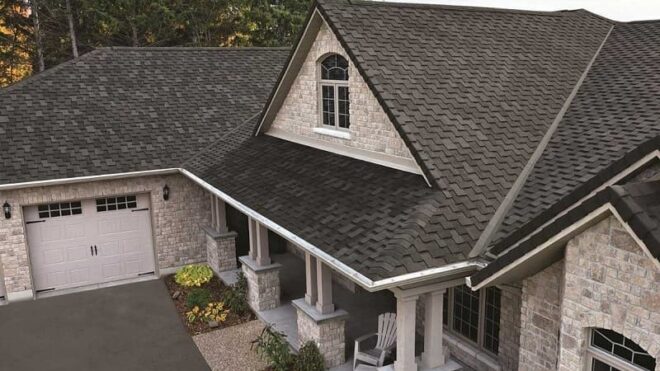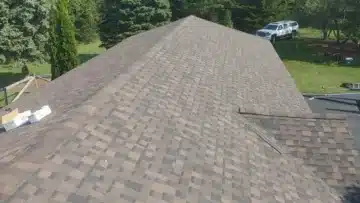For most of the people in this world, buying a home is single biggest expenditure in their lives and it is important to have a close look on all components of a residence before you buy it to make sure it will maintain its value over time and won’t require major repairs very often.
If we break a house down to its components, the single component that has the highest price tag is its roof. It is good to have knowledge about different aspects of a room in order to avoid any major expenditure in the near future.
Let’s talk about roofs today, shingles in particular. In this article, we’ll try to explain to you the difference between dimensional and architectural shingles so that you can select the right kind of shingles for your roof.
The main purpose of a roof is obviously to protect you from the external environment and provide you a safe place to live. In order to choose the perfect roofing materials, you need to factor in the prevailing weather conditions, design of your house, how long you plan on living in the house, and your budget.
What Are Architectural Shingles?
Until the 1980s the most widely used asphalt roofing shingle was the 3-tab shingle and it is still one of the most frequently used ones because of its low price, ease of installation, and availability in a lot of colors.
With the advancement of technology and user demand for more options in the 1980s, the asphalt roofing shingles got an overhaul and it marked the birth of architectural laminated shingles. These are called laminated because they are constructed by laminating or bonding more than two types of basic shingles together.
In terms of performance, both the traditional 3-tab shingles and laminated shingles offer effective protection against blow-off and wind uplift. They are also excellent in guarding the structure against water penetration from wind-driven rain and offer you superb protection against other harmful environmental phenomena.
In the roofing industry, the laminated shingles are dubbed architectural shingles because they provide the look of natural wood or stone shingles. Architectural shingles have got fame because they come with the looks of wood or stone shingles but are considerably cheaper, more durable, and less prone to damage from rain or other disasters.
With laminated architectural shingles, you can get the premium look without having to cut down trees and incurring extra costs and you get all the benefits of asphalt shingles while maintaining the luxury look of your roof.
Designer Architectural Laminated Shingles
Known as luxury, premium, and designer shingles, these are the top-of-the-line shingles available in the market. These shingles give the roof a look that cannot be differentiated from original wood or slate tiles. To make them last longer and sturdy enough to the impact of hailing, these shingles are sometimes made by three instead of two layers. This safeguards the roof against any environmental aggression and also gives the roof a better dimensional profile that looks exactly like natural materials.
However, a downside of these is that they are not available in a very large range of colors and this is because nature has a very limited number of colors and to keep things real they are made to be as close to nature as possible.
Selecting the Right Shingle for Your Roof
The decision about selecting the right shingle for your roof depends on a number of factors. You have to look at your budget, the architecture of the nearby buildings and the design of your own home to select the type and color of shingle which will suit you the best.
Conclusion
The roof is the most expensive part of a house and a major source of aesthetic appeal. While traditional 3-tab shingles still remain the best choice for many homeowners, architectural shingles can provide the building a greater look and they don’t cost as much as wooden or natural stone shingles. Architectural shingles provide the same or enhanced degree of environmental protection and are generally more durable.



